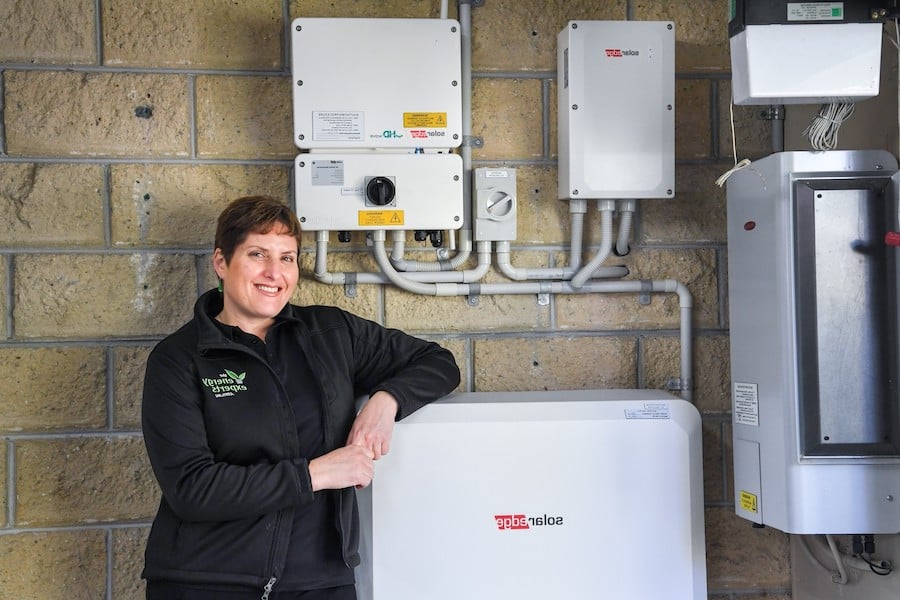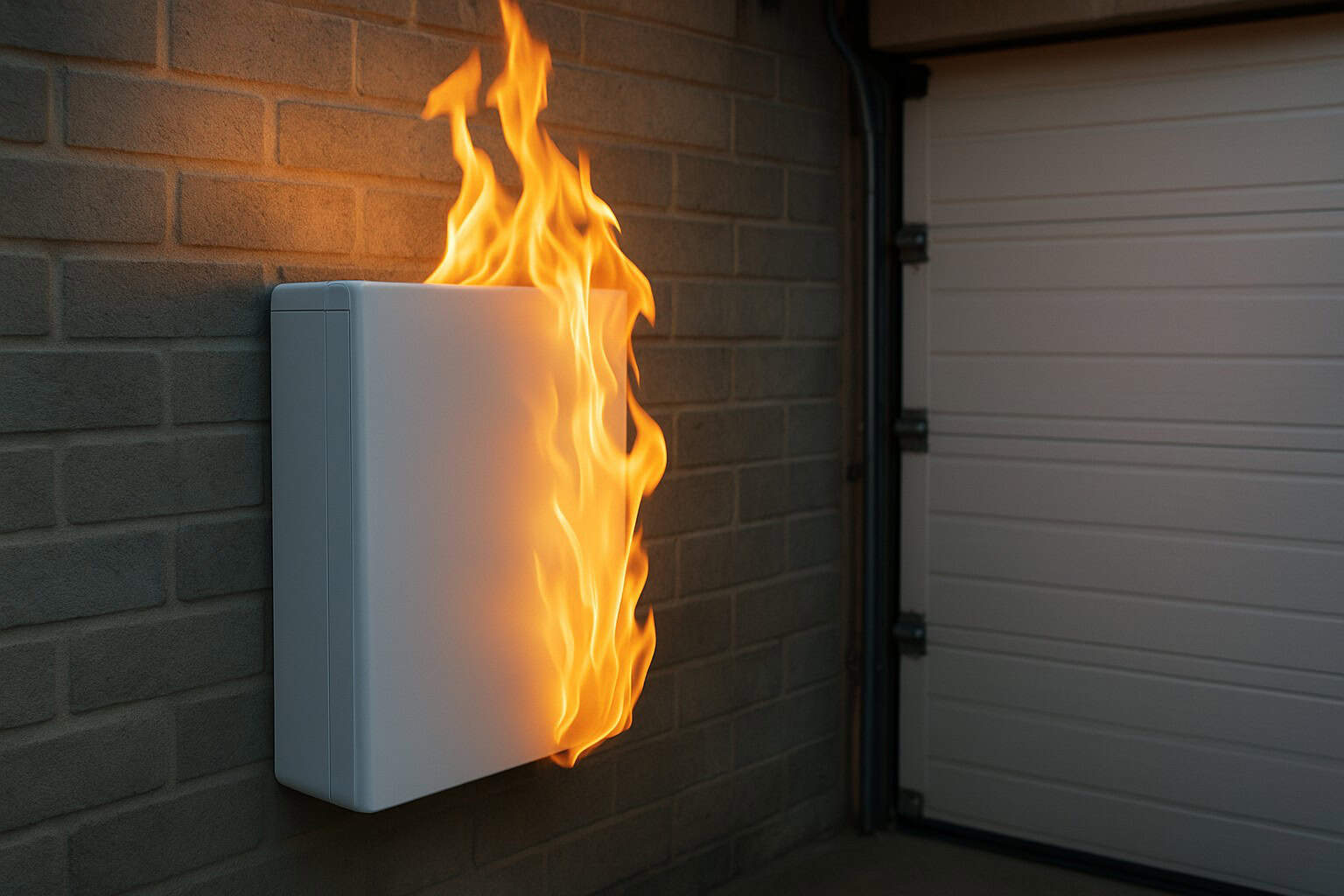That’s changed c/o the new Federal government rebate under the ‘Cheaper Home Batteries Program’, worth up to $16,500. This new scheme – in combination with the NSW government VPP rebate, which is worth up to $1500 – has made battery storage a no-brainer.
Below, you’ll find some good advice in helping you choose the right size and type of battery for your needs:
Selecting battery size, brand and installer
- go with a reputable installer that’s been installing batteries for at least 5 years.
- choose a big name brand that’s been around for at least 5 years. Reputable brands include Tesla, SolarEdge, Sungrow, BYD, LG and SigEnergy.
- as far as battery size goes, aim to cover at least one-third of your average daily usage. If budget permits, look to cover two-thirds – especially if you plan to join a Virtual Power Plant (VPP) – see below.
- be aware that you can only get the Federal battery rebate and NSW VPP rebate once. If you decide to add more storage later, you won’t be eligible for these rebates on the additional battery modules.
- if blackout protection is important to you, decide what appliances you want to have backed up in the event of a blackout.
- consider adding more panels to enable you to simultaneously power your home and charge your batteries. This may not be necessary if you already have a reasonable size solar power system installed, but if it’s on the smaller side, it’s advisable to expand your current solar setup. If you send us a recent electricity bill, we’ll be able to let you know if adding a supplementary solar power system is needed.
Post-installation
Once your home battery is up and running, it makes a lot of sense to join a Virtual Power Plant (VPP). This involves switching energy providers. Some VPP providers will just give you a flat solar credit when the grid is under stress; while others work on the wholesale energy market, where you can get paid considerably more when the grid is under stress and electricity prices are high.
By discharging your battery during these ‘grid events’ when wholesale prices spike, you can generate additional revenue from your battery, achieve a quick payback and help stabilise the grid.
Return on investment
If you choose to join a VPP and you take advantage of both the NSW VPP rebate and the Federal government ‘Cheaper Home Batteries Program’ subsidy, you can expect a payback period of roughly 4 – 5 years (this equates to around a 20-25 per cent return on investment). As electricity prices continue to rise (which they’re set to do), your actual savings are likely to be even larger, and the payback period even shorter.
From 1 July 2025, NSW electricity prices increased by an average of 9% and they’re set to increase further with DNSP (Distributed Network Service Provider) costs also likely to increase.
When combined, battery storage payback periods are expected to come down to between 3 and 4 years.














